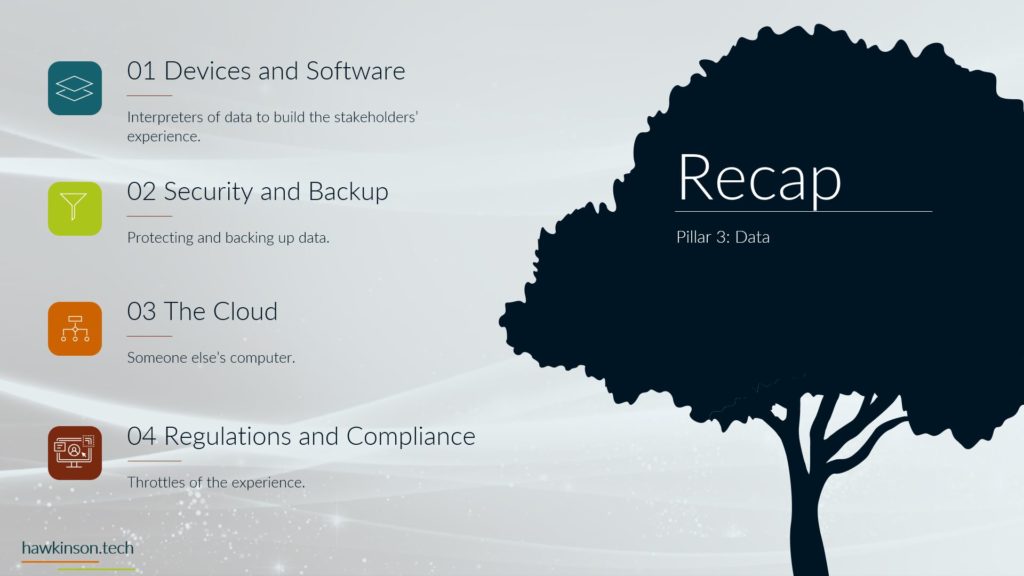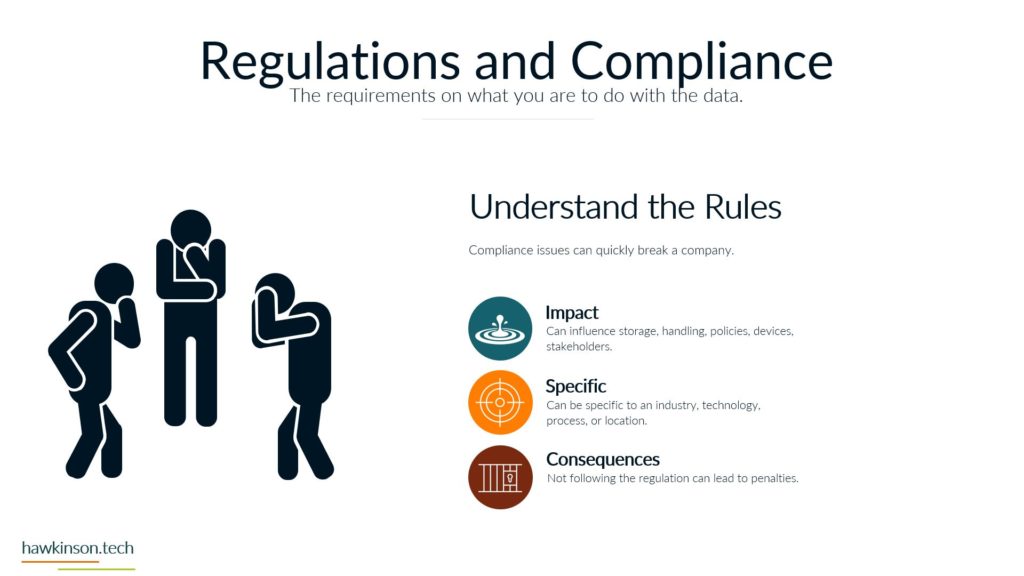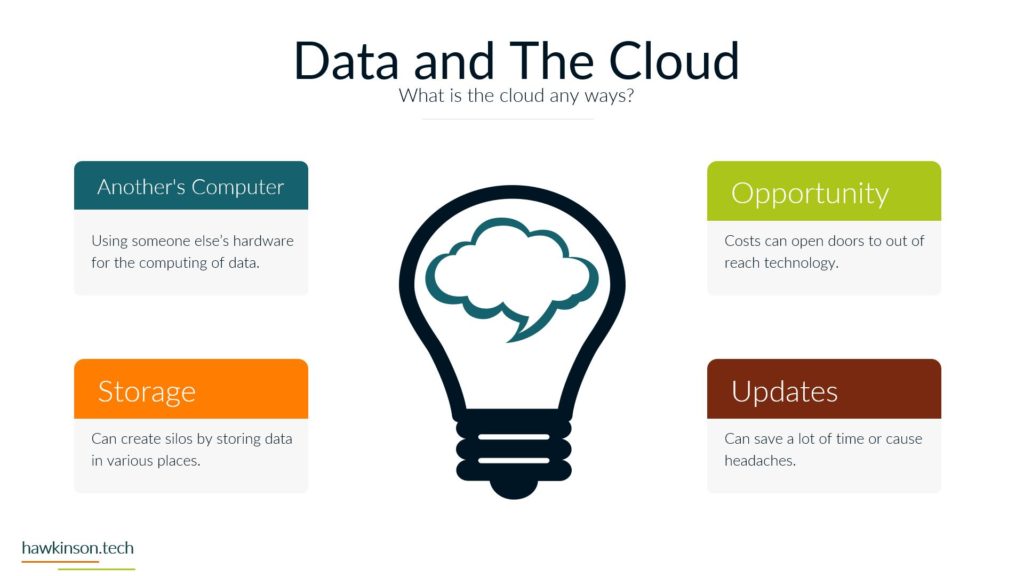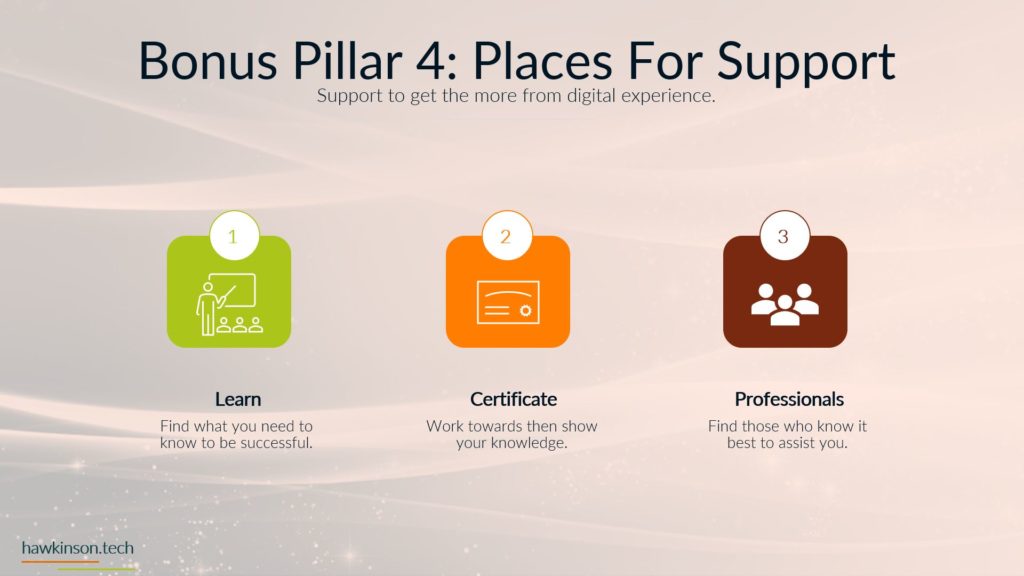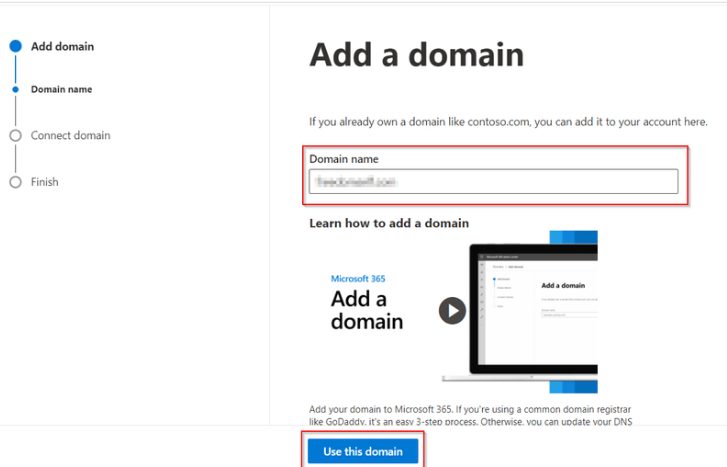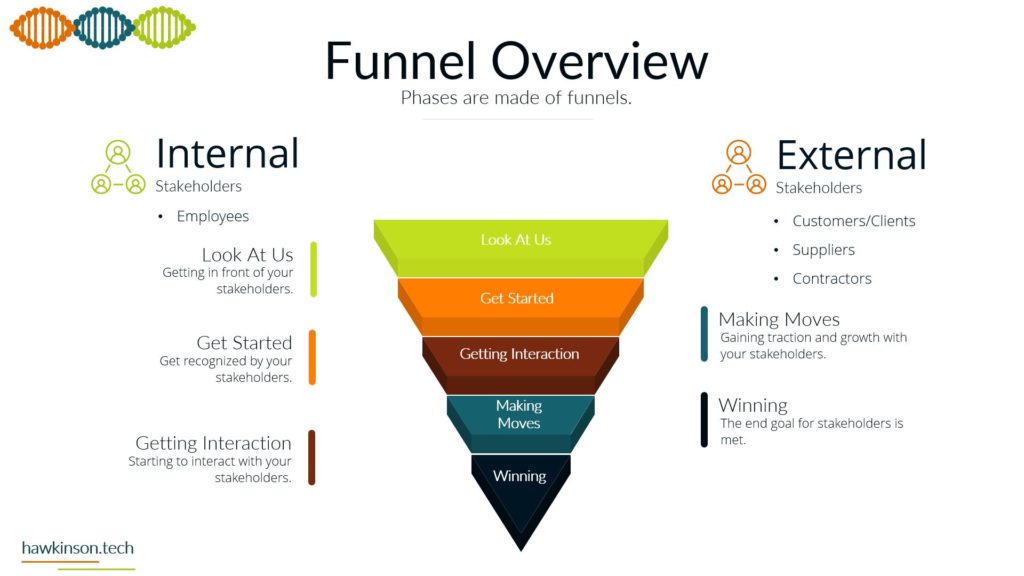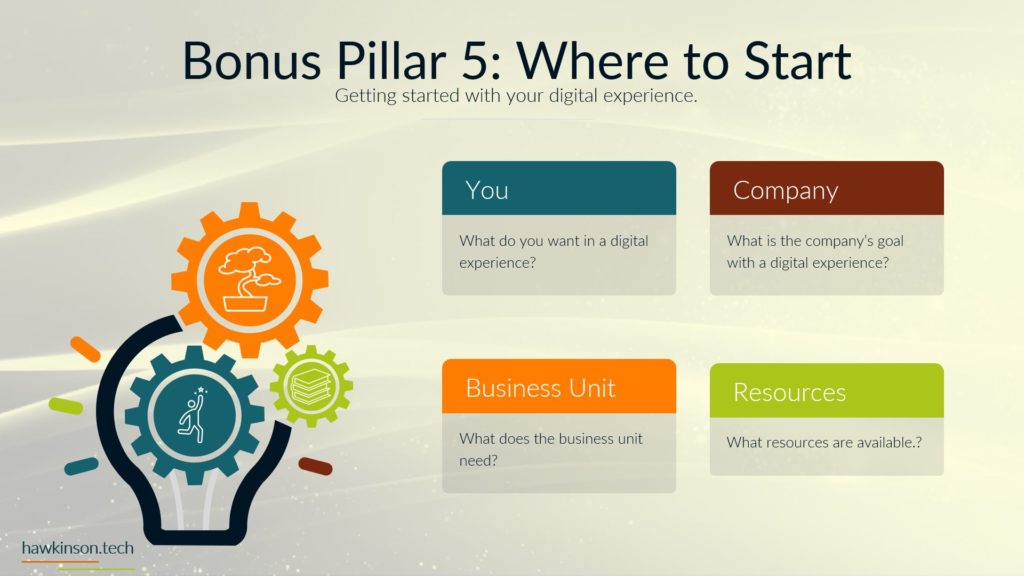Teams is a collaboration and communication platform developed by Microsoft. It is designed to help teams work together more effectively. Teams includes features such as chat, audio and video conferencing, file sharing, and collaboration tools. It can also integrate with Microsoft Office and other applications.
Key Features
File Sharing
Teams allows team members to share files and collaborate on documents in real time. Files can be stored in Teams or linked to from other cloud storage services such as OneDrive or Dropbox.
Integration with Microsoft Office
Teams integrates with Microsoft Office, allowing users to create and edit documents, spreadsheets, and presentations directly within Teams.
Collaboration Tools
Teams provides collaboration tools such as whiteboards and project management tools to help team members work together more effectively.
Security and Compliance
Teams is built with enterprise-level security and compliance features, including data encryption, multi-factor authentication, and compliance with regulations such as GDPR and HIPAA.
Bots and Automation
Teams supports bots and automation, enabling teams to automate routine tasks and streamline workflows. This can help improve productivity and efficiency.
Other Features
- Video and audio conferencing
- Chatting
- Mobile application











